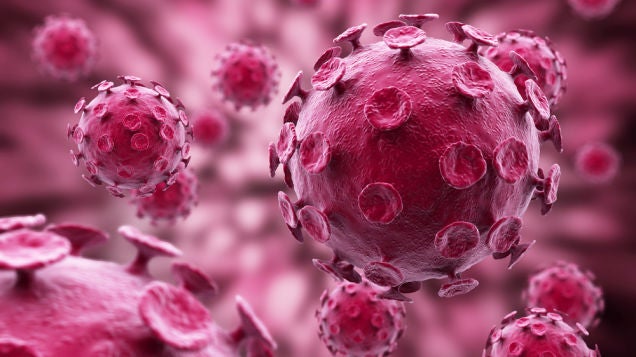Microbes that cause disease are called pathogens. They are prone to infect body tissues, where they reproduce and cause damage thus resulting to the symptoms of infection. Pathogens rarely attack a person for no reason, they are there to use you and everything inside of you to their full advantage. For example, to microbes they can use you for shelter, suck on your blood as a way of getting food and use your body as a breeding ground. That's why they're out there to get you!!!
Most Common Pathogens:
- Bacteria
- Viruses
- Fungi
- Protozoa
BACTERIA:
 |
| E. Coli |
Helpful Bacteria:
- Produce vitamin
- Help digest nutrients
- Keep harmful bacteria in check by competing for food and resources.
- Pneumonia (hhshhs)- Inflammation of the lungs
- Meningitis (hbbbnn)- Infection of the membranes covering the brain and spinal cord
- Tuberculosis- Chronic bacterial infection that usually affects the lungs
 |
| HIV |
Diseases associated with viruses:
- Rhinovirus- Common cold
- Influenza - Infection of the respiratory track
- Viral Hepatitis- Inflammation of the liver caused by Hepatitis A, B or C
- Salmonella- Food poisoning
- Varicella-Zoster virus- Chicken
 |
| Yeast |
Disease associated with fungi:
- Pneumocystis pneumonia- Commonly found in people with weakened immune systems and have HIV/AIDS
- Ringworm- Common skin infection that is shaped like a ring.
Are microscopic, one celled organisms that can be free living or parasitic in nature. They are able to multiply in animals and humans. Which contributes to their survival and also permits serious infections to develop from just a single organisms.
Disease associated with protozoa:
- Malaria- Is transmitted exclusively through the bites of Anopheles mosquitoes.
- Leishmaniasis- transmitted by the bite of certain types of sandflies, which can result in ulcers of the skin, mouth and nose.
- Cryptosporidiosis- Is spread through the fecal-oral route, often through contaminated water. Primarily affect the intestines and is typically an acute short-term infection.
